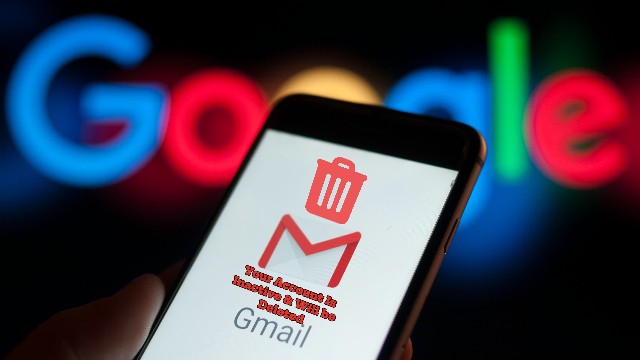Google is set to implement a stringent measure on December 1st, targeting inactive accounts that haven’t been accessed for at least two years. The tech giant, known for its suite of services including Gmail, Drive, Calendar, and more, will delete such dormant accounts in an effort to enhance security. Google highlights that abandoned accounts are particularly susceptible to phishing scams and various malicious threats.
The company defends its action as a proactive security measure, stating that inactive accounts are more likely to be compromised. Forgotten or unattended accounts often rely on outdated or reused passwords, lack two-factor authentication, and receive fewer security checks from users. In light of the rising concerns over cyber threats, Google’s move aims to protect users from potential spam, phishing scams, and account hijacking. This policy update underscores the necessity for users to stay vigilant in managing their digital presence to safeguard personal data.
The Phased Approach and Notification System
Google’s account deletion policy will be executed in a phased approach, commencing with accounts that were created but never used subsequently. The phased approach ensures a systematic deletion process, giving users the opportunity to retain their accounts if they take timely action. To notify users about the impending deletions, Google will send multiple notifications to both the account email address and the recovery email (if provided) in the months leading up to the purge.

This notification system is a crucial aspect of the policy, serving as a warning mechanism for users to either reactivate their accounts or download their data before it’s permanently deleted. Google emphasizes that if an account has been accessed recently, it falls under the category of active accounts and won’t face deletion. This notification strategy aligns with Google’s commitment to transparency and user communication, ensuring that individuals have ample time to secure their digital assets.
Personal Accounts Only: Exemptions for Work and School Accounts
It’s important to note that Google’s deletion policy exclusively targets personal accounts. Accounts associated with work, school, or other organizations will not be automatically deleted, providing a level of assurance for users who might have dormant accounts tied to institutional affiliations. This delineation ensures that critical data linked to professional or educational usage remains intact, while the policy concentrates on individual users’ personal accounts.
Users are encouraged to take advantage of the exemption for work or school accounts, preserving valuable data that may have been forgotten in the digital archives. Google emphasizes the need for users to act promptly if they wish to retain access to personal accounts that have been inactive for an extended period.
Secure Your Inactive Google Account: A User’s Responsibility
As the deadline approaches, Google urges users to proactively secure their inactive accounts by signing in before December 1st. This action not only prevents the account from being deleted but also contributes to enhancing overall account security. Google emphasizes the importance of recent account activity, assuring users that if they’ve logged in recently, their accounts are considered active and safe from deletion.

Taking responsibility for one’s digital presence is a shared effort between the user and the platform. By implementing timely login procedures and adhering to security protocols, users can ensure the longevity and integrity of their Google accounts. Google’s emphasis on user awareness and action underscores the collaborative nature of maintaining a secure online environment.
Download or Lose: Salvaging Data from Inactive Accounts
For users reluctant to lose data associated with their inactive accounts, Google provides a solution. Before the deletion process is initiated, users have the option to download a copy of their data. This step ensures that emails, photos, documents, and other content residing in inactive accounts can be preserved even if the account itself is deleted.
This feature acts as a safeguard, allowing users to maintain a digital archive of their past online activities. By logging in and downloading their data, users can retain control over their digital footprint, mitigating the risk of losing valuable content. Google encourages users to explore this option as part of a proactive strategy to retain ownership and access to their digital history.














